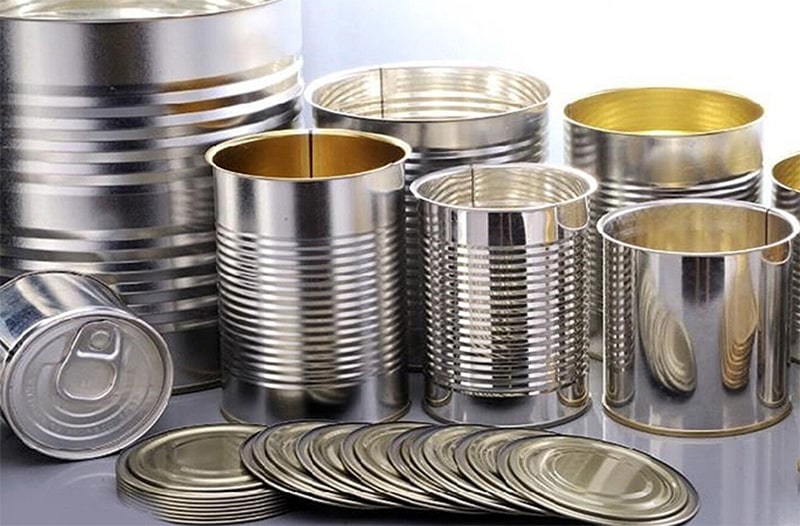
The global tinplate packaging cans market is entering a transformative decade fueled by the rising demand for convenient, sustainable packaging solutions across food, beverage, chemical, and industrial sectors. With an estimated market value of $15 billion in 2025, and a projected compound annual growth rate (CAGR) of 5%, the industry is expected to reach approximately $20 billion by 2033.

Consumers are increasingly turning to packaging that balances functionality with environmental responsibility. Tinplate, known for its high recyclability rate and superior barrier properties, is favored in preserving product quality and extending shelf life.
The global appetite for ready-to-eat meals, canned fruits, vegetables, and beverages such as soft drinks and beer continues to rise—driving up tinplate can consumption.
Innovations in lightweighting, BPA-free coatings, and advanced printing are enabling manufacturers to reduce material use while enhancing visual appeal and regulatory compliance.
Ardagh Group
Crown Holdings
These three players account for 35–40% of the global output, producing over 150 billion cans annually.
Amcor
Silgan Holdings
Rexam Plc
The industry is moderately consolidated, characterized by steady mergers & acquisitions, and coexisting themes of integration and innovation.
| Company | Estimated Market Share | Key Focus |
|---|---|---|
| Ardagh Group | 15% | Advanced printing & coatings |
| Ball Corporation | 12% | Lightweight beverage cans |
| Crown Holdings | 10–13% | Sustainable product design |
| Others (Amcor, Silgan, etc.) | 60%+ | Diverse applications across sectors |
Europe and North America remain the core consumption and production hubs, owing to mature infrastructures, high consumer standards, and well-regulated packaging industries.
Asia-Pacific is witnessing rapid expansion, fueled by a rising middle class, increased urbanization, and growing packaged food consumption—particularly in China, India, and ASEAN countries.
| Region | Market Trend | Key Drivers |
| Europe | Stable, high-end applications | Sustainability, advanced tech |
| North America | Steady, regulated growth | Food safety, high consumption |
| Asia-Pacific | Rapid expansion | Demographics, urban demand |
| Latin America | Moderate growth | Emerging processed food sector |
| Middle East/Africa | Nascent but rising | Industrial and food imports rising |
Manufacturers are investing in eco-friendly coatings, energy-efficient plants, and recyclable inks to align with stricter regulations and consumer expectations.
Clients seek tailored can designs, from shape and size to enhanced tamper-proofing and shelf presence—especially driven by e-commerce logistics.
While tinplate excels in durability and recyclability, aluminum, PET, and flexible packaging options pose ongoing challenges, particularly in price-sensitive markets.
| Year | Estimated Market Value (USD Bn) | Estimated Output (Billion Units) |
| 2024 | 70 | 200 |
| 2025 | 75 | 210 |
| 2027 | 82 | 230 |
| 2029 | 90 | 250 |
"As a tin can packaging manufacturer, we see sustainability and differentiation as non-negotiable priorities. Brands today expect us to deliver lightweight yet high-strength solutions, with premium printability and flexible MOQ for niche markets. Investing in coating upgrades and automation is not just innovation—it’s how we stay competitive."
Tinplate packaging cans continue to stand out as a versatile, sustainable, and durable solution for the global packaging industry. As environmental standards tighten and consumer preferences shift, the ability to deliver cost-efficient, high-performance metal packaging will define market leadership.
👉 Looking to source or customize high-quality tinplate cans for food, beverage, or industrial use?
Let’s talk. Contact us to discuss your project specs or request a sample.
Which packaging feature matters most to your product—durability, sustainability, or visual branding? Tell us below!